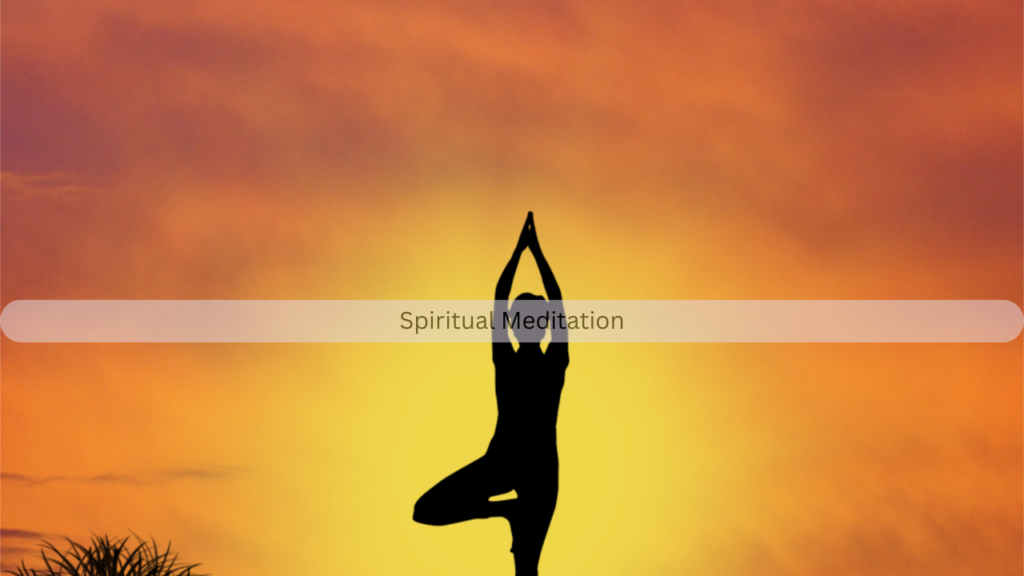
The desert, with its vast stretches of arid landscapes and profound silence, has long been revered as a sacred space for spiritual reflection and healing. This seemingly inhospitable environment, characterized by its harsh conditions and extreme temperatures, offers a unique sanctuary for those seeking a deeper connection with themselves and the divine.
At first glance, the desert’s barren expanse might appear devoid of life and inspiration. Yet, it is precisely this starkness that provides a powerful backdrop for spiritual practices. The absence of the usual distractions—both physical and psychological—creates an environment conducive to profound introspection. Here, amidst the endless sands and distant horizons, individuals often find a sense of clarity and purpose that is elusive in more bustling or cluttered settings.
Historically, many spiritual traditions have recognized the desert’s potential for transformation. In Christian monasticism, early desert fathers and mothers retreated to the Egyptian desert to escape the distractions of urban life and seek a closer relationship with God. Their solitary existence in this austere landscape was not merely a retreat but a purposeful journey towards inner enlightenment and spiritual purity. Similarly, in Buddhism, monks have historically sought solitude in remote desert areas to deepen their meditation practice and attain higher states of consciousness.
The desert’s role in meditation is not just about physical isolation but also about the opportunity it presents for emotional and spiritual healing. The environment encourages a meditative state through its natural rhythms and silence. Without the constant hum of daily life, the mind can more easily tune into its own patterns and disturbances. This deepened awareness allows individuals to confront and release long-held emotional burdens, fostering a sense of inner peace and renewal.
Moreover, the desert’s unique qualities—its vast openness and minimalist beauty—serve as metaphors for spiritual journeys. The expansive sky and rolling dunes symbolize the boundless nature of the self and the potential for personal growth. The challenges posed by the desert environment, such as its intense heat and scarce water, mirror the internal struggles and efforts required for personal transformation. Confronting these challenges head-on in such a setting can inspire a sense of resilience and empowerment.
The desert also offers a profound sense of connection to the natural world. In this setting, the interplay between the elements—sand, sun, and wind—creates a dynamic environment where one can experience the interconnectedness of all life. This awareness can lead to a deeper appreciation for the natural world and a stronger sense of spiritual connectedness.
In contemporary spiritual practices, the desert continues to be a place of pilgrimage and retreat. Modern seekers often visit desert landscapes for silent retreats, vision quests, and other contemplative practices. These experiences allow individuals to step away from the complexities of modern life and engage with a more elemental, fundamental aspect of their existence.
In conclusion, the desert’s role as a sacred place for meditation and healing is deeply rooted in its ability to offer solitude, challenge, and profound beauty. It provides a unique setting where individuals can strip away the extraneous and connect with their innermost selves. In this sacred solitude, many find not only a refuge from the external world but also a powerful means of personal and spiritual transformation.